Ketamine for Trauma
If you're embarking on your journey towards trauma healing and are exploring the potential benefits of Ketamine Assisted Psychotherapy, you're in the right place. Across various trauma treatment modalities, a common thread is the emphasis on creating a secure space for clients to look at traumatic experiences. In methodologies like EMDR, this involves using eye movements or tapping to diminish activity in the amygdala. Internal Family Systems teaches clients to disengage from certain aspects of themselves and approach healing with a regulated nervous system. Ketamine Assisted Psychotherapy for trauma, PTSD, or CPTSD shares similarities in using the dissociative aspects of Ketamine to make trauma processing much easier.
Prior to their Ketamine sessions, clients undergo comprehensive preparation to navigate any challenging internal experiences that may arise. Simultaneously, the dissociative anesthetic nature of the medicine helps establish distance and reduces reactivity to traumatic memories. Imagine confronting your trauma directly as akin to swimming with a shark, while addressing it under the influence of Ketamine is more akin to observing the shark safely in an aquarium.
Since 2019, I've been guiding clients through trauma healing using Ketamine Assisted Psychotherapy. Additionally, I'm trained in EMDR and parts work, serving as complementary tools if they prove beneficial. If you're interested in learning more, I warmly encourage you to schedule a free consultation by clicking the button below, which is directly linked to my calendar.
Charlie Shockley, LCSW
“What people don’t talk about as much is that to heal trauma, you have to grieve—a lot. You need to grieve the life you didn’t have, the love you didn’t get, the years lost, the way you treated yourself and others… We don’t like to feel this way, so most people avoid it. Suppress it. Disassociate. They will stay frozen in their grief for years. And it will show up as depression, stagnancy, and disconnection from their emotions and relationships. It’s some of the most arduous emotional work that a person can ever do, but it’s the only way through because without that grieving, without that letting go, the trauma stays with you. It poisons your body, your mind, and your spirit and makes you keep reliving and recreating the past as if it’s still present. The only way out of this is by going into the emotions that weren’t safe for you to feel when the trauma happened. If you can feel those emotions, it is a sign that you are already healing. “You can’t heal what you don’t feel” has a profound truth in it. When we feel, we remember our souls again. We regain our connection to life and all that is. When we grieve, we heal our hearts and our connection to every other living being. Underneath all the feelings you don’t want to feel is your aliveness, your vitality, your laughter, your love for life and others, & your soul. ”

